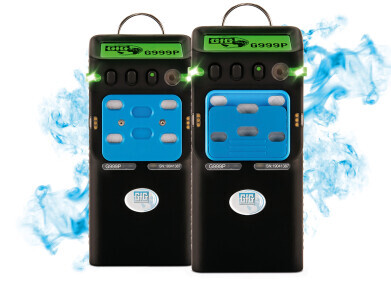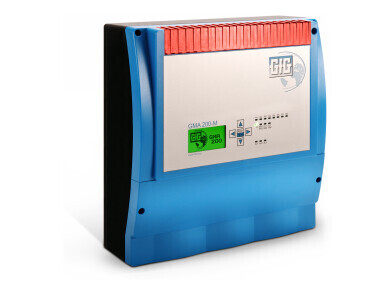Safety
30 Years of Safe Lifting
Jan 01 2009
More than 30 years ago, Rieger & Dietz (Germany) were awarded their first patents, which offered protection for either a bolt-on or weldable version of secure lifting eyes. The technology was, like often in technical developments at that time, targeted for the former, important coal mining industry. An examination of frequently occurring, mostly fatal, accidents and injuries with serious consequences showed that these incidents were mainly caused by broken DIN-580 eyebolts and inadequate designed “selfmade weld-on sheet metal or wire constructions “. The German Employer´s Liability Insurance Association for the underground mining industry has banned, after a thorough investigation, all DIN-580 eyebolts for the underground mining usage and has asked for all future versions to have a safety factor against breaking of at least 4, in the worst case load direction.
The first production made version of the weldable RBS-load ring and the bolt-on version called RBG has enjoyed several hundred thousand sales within the last 30 years and has proved itself, even under the toughest conditions, without any problems or complaints. These versions were increased regarding the working load lately up to 50 metric tons (weldable) and up to 150 metric tons for the boltable types.
The former RUD sales agent in Nordrhein-Westfalen, Dipl.-Ing Alfred Puppel has pushed the development from the beginning and was a true believer of the safety lifting point success. The idea of the safety lifting point was adopted step by step from the Machine-, Ship- and Car building industry and also from the Mold- and Die industry. Today there is, including the stainless steel industry, almost no industry which overlooks the usage of safety lifting points. Most designers and cost-cutting purchasing managers know already that the usage of RUD Lifting Points reduces handling costs considerably, during the whole manufacturing process starting with the raw material and ending with the final assembly, even to the moment when the product has to be taken for recycling. Additionally, the safety during handling has been improved tremendously.
The different tasks of the whole market are asking for a high variety of special solutions which quite often lead to the production of a new, standard product. This also explains why RUD has developed more than 270 different lifting points over the last 30 years and will proceed to design even more in the future. 70% of the Lifting Points are for bolting and the other 30 % for weld-on. Most of the types are protected by patents, or have trade mark protection. This is very important for a market leader to protect both themselves as a manufacturer and the end user because many competitors try to save design costs and provide cheap products at a doubtful level of quality.
Out of the many recent patents RUD would like to promote of particular importance to them at present is the PowerPoint Collection. This is the first universal Lifting Point which can be loaded with the stated working load (even in the worst case scenario where the chain direction is 90° from the bolt- or weld-on surface). The double ball bearings and the clevis hook have made this possible.
Digital Edition
PIN 25.1 Feb/March
March 2024
In This Edition Safety - The technology behind the ION Science Tiger XT - Safety with ammonia and LOHCs as hydrogen carriers Analytical Instrumentation - Discussion on new tribology te...
View all digital editions
Events
Apr 28 2024 Montreal, Quebec, Canada
Apr 30 2024 Birmingham, UK
May 03 2024 Seoul, South Korea
May 05 2024 Seville, Spain
May 06 2024 Riyadh, Saudi Arabia


.jpg)















